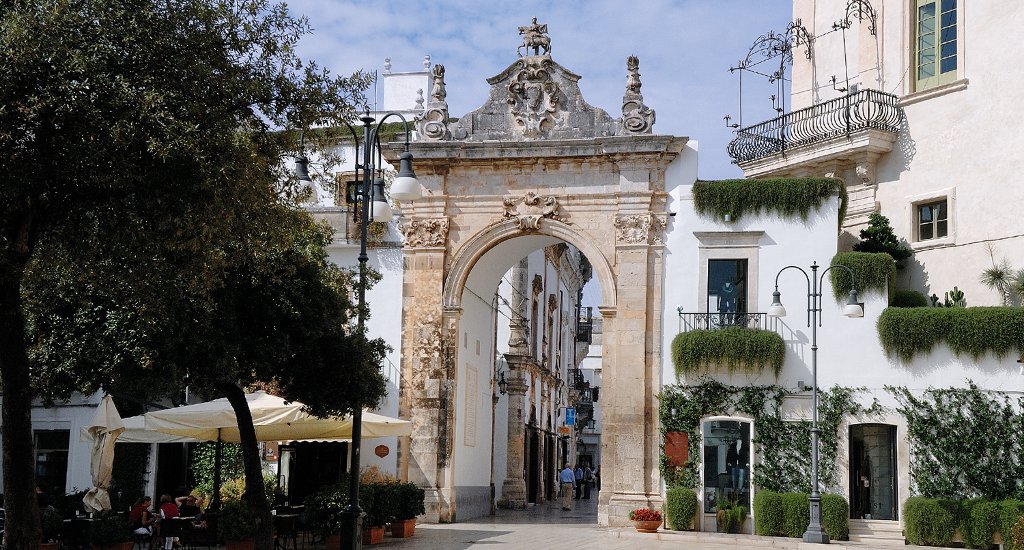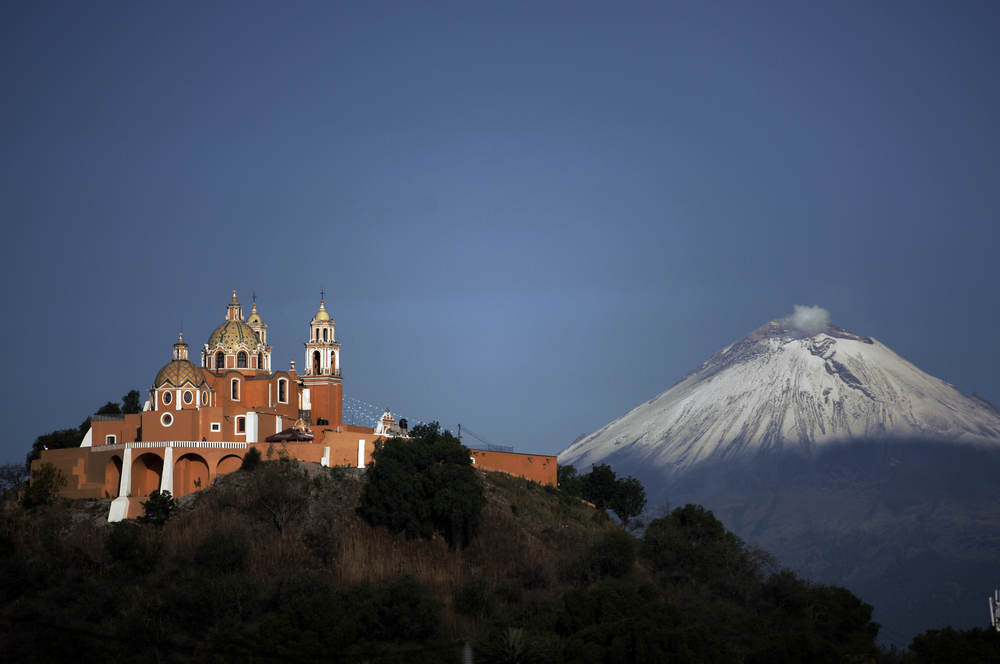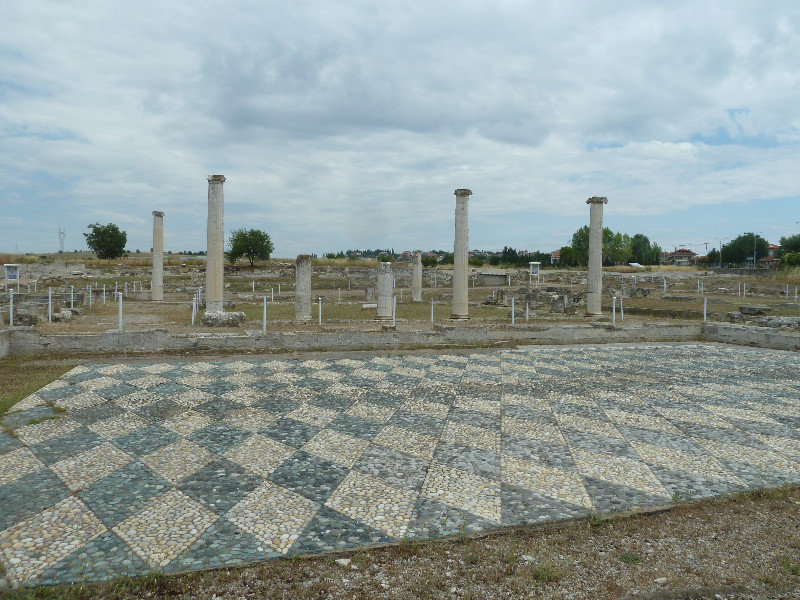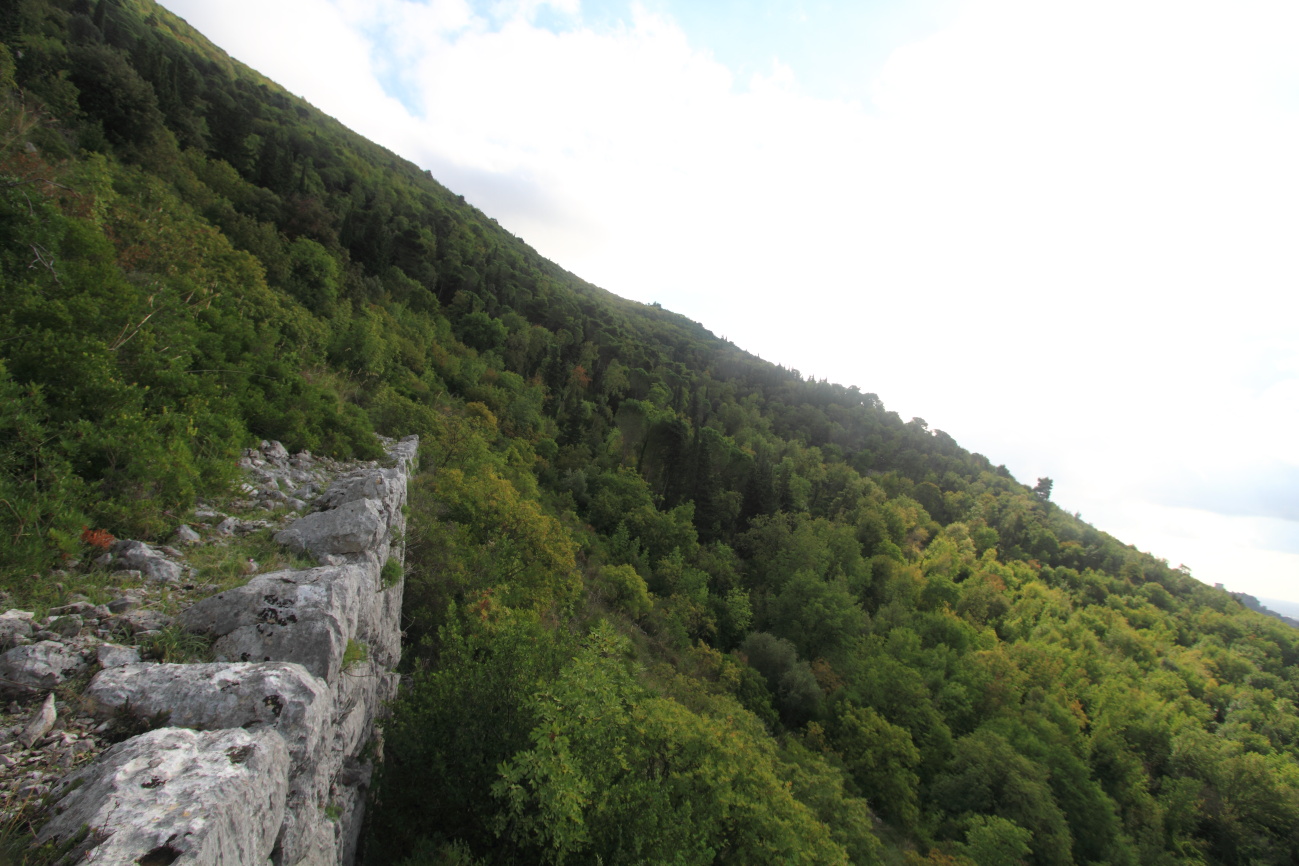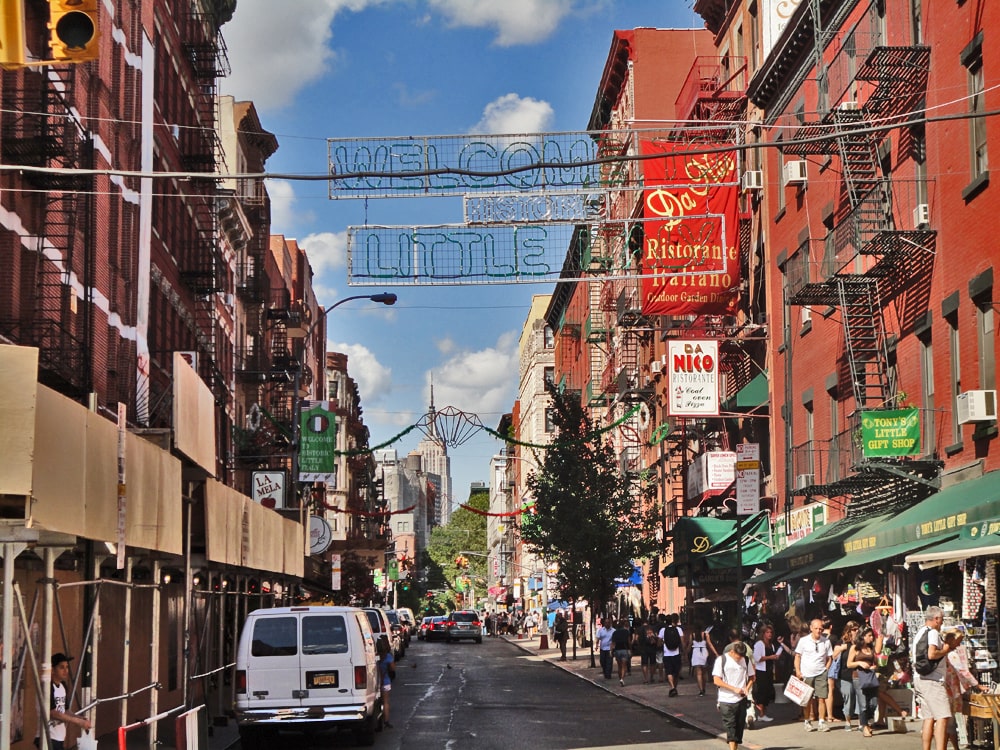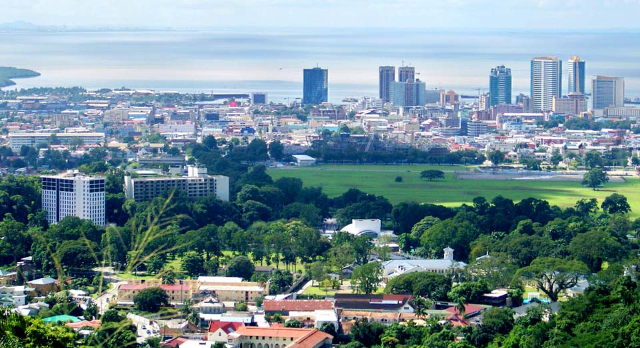The arch of Santo Stefano is the triumphal arch as well as the symbol of the martinese baroque that introduces in the ancient village. The gate was part of the ancient medieval defensive system, it was called Ianua Antiqua and was moved a little further south. Its appearance was that of a turreted door. The current location was due to the rebuilding of the gate in the eighteenth century and the name was taken from the church opposite, then dedicated to Santo Stefano. The door was built with public money in 1764, as the scroll clearly shows. Stylistically, the most sought-after part is that of the cimasa which is outlined by soft, wavy lines. At the sides two torches stand out, which rise up on two flattened serpentines. This will be a very recurrent motif in Martina’s baroque decoration. At the top of the curvilinear selvedge is the statue of St. Martin, patron saint of the city, in a belligerent attitude. According to a legend, the statue celebrates the miraculous apparition of the saint on the city walls, followed by a flock of knights, when, on 16th June 1529, he let escape the so-called cappelletti, mercenaries in the pay of Fabrizio Maramaldo, who had been besieging the city for several days. According to legend, the city was saved thanks to the prodigious intervention of St. Martin and St. Anthony of Padua who followed the patron saint from behind. In the forties the arch was disassembled and reassembled and since then the lithic statues of the Madonna with child and praying angels were placed on the counter-façade of the arch overlooking Piazza Roma. Today the door is also called the door of St. Anthony in reference to the church of St. Anthony which was previously dedicated to St. Stephen. Under the arch there is a plaque in memory of the visit of Pope John Paul II in 1989.
